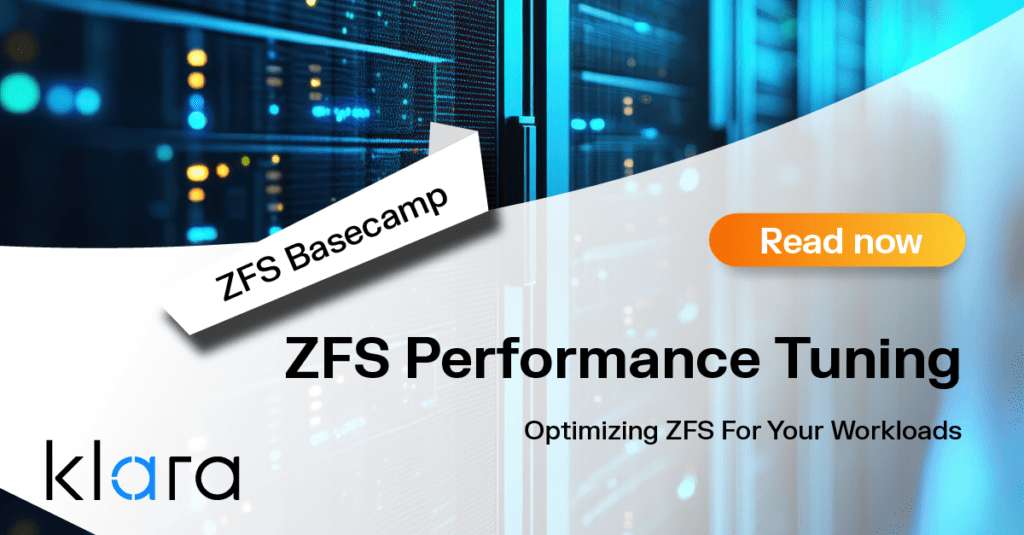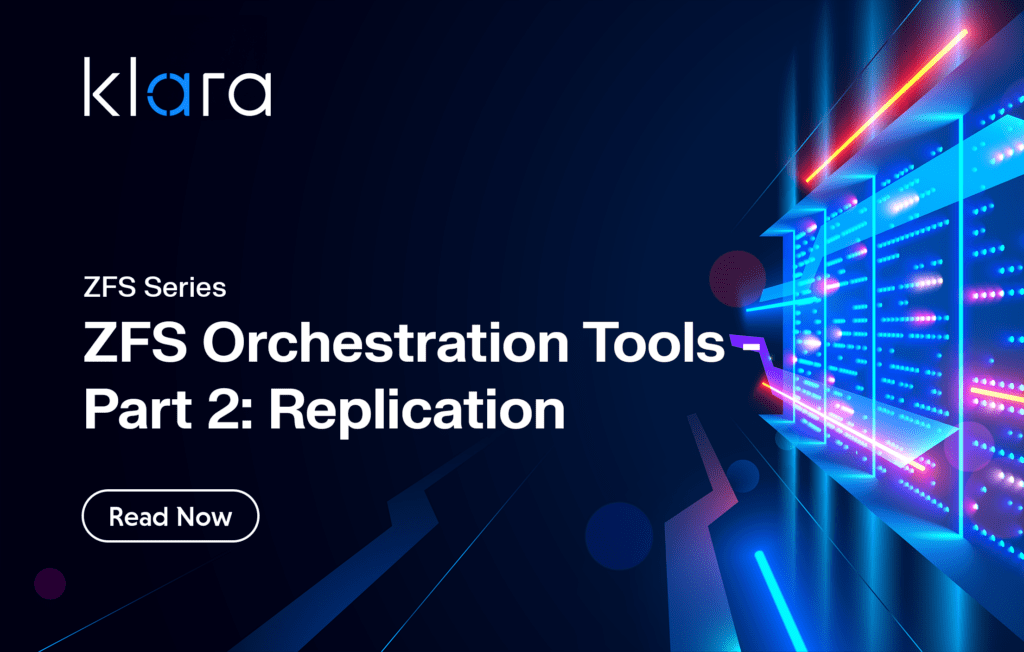ZFS Performance Tuning – Optimizing for your Workload

ZFS tuning is essential for optimizing performance based on your workload. This guide explores how to fine-tune key settings—like record size, caching strategies, and hardware choices—to maximize throughput, improve IOPS, and reduce latency in your ZFS storage environment.
Accurate and Effective Storage Benchmarking

A well-designed storage performance benchmark provides meaningful insights into system capabilities, but inaccurate methods can lead to misleading conclusions. This guide breaks down how to define scope, design realistic tests, verify results, and ensure repeatability for reliable benchmarking. Learn how to avoid common pitfalls and measure storage performance with confidence.
ZFS Orchestration Tools – Part 2: Replication

ZFS replication ensures efficient backups and failover readiness by leveraging snapshots and optimized data transfer. This guide covers push vs. pull replication, transfer steps, connection methods, compression strategies, and advanced features to help you choose the right tool for your needs.





